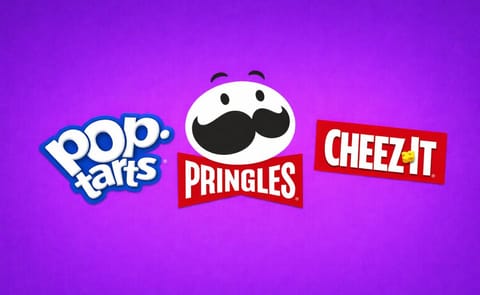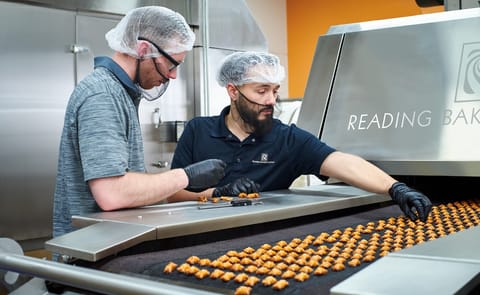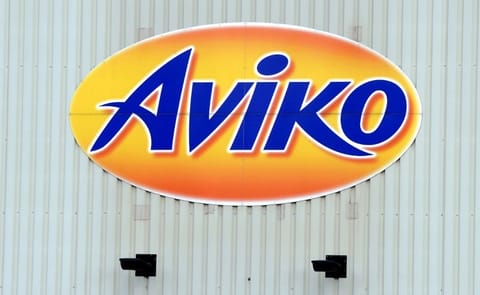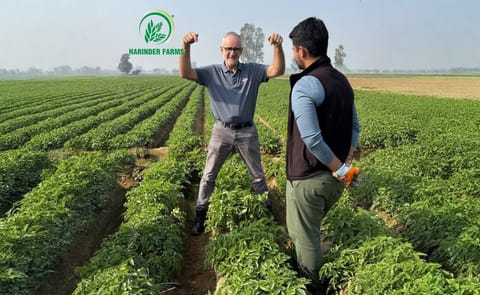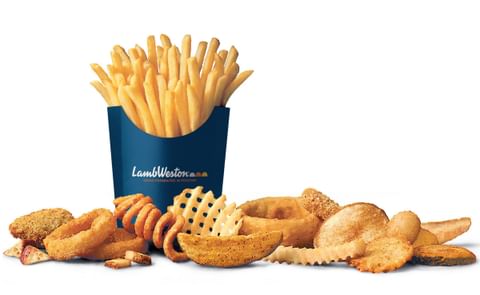Behind the Crunch: The Challenges and Innovations Shaping the Potato Snack Industry
Potato Snack Manufacturing: Why an Open Mind is the Real Secret Ingredient

If you think making potato snacks is simply a case of slicing spuds and tossing them into hot oil, think again! Behind every perfectly crisp packet of crisps or golden chip lies a world of challenges, clever fixes, and constant innovation. Let’s peel back the curtain on the five most common problems faced by potato snack manufacturers-and why keeping an open mind to new technology is the real secret ingredient for future success.
1. Raw Material Variability and Quality Control
Not all potatoes are created equal. One day you might get a batch that’s just right; the next, they’re too sugary, too moist, too small, or sometimes the crops simply fail. These natural variations make it tricky to churn out snacks that always look and taste the same.
Quality control is a full-time job, requiring careful selection of potato varieties, regular testing, and precise adjustments on the production line. The quest for consistency never ends!
2. Reducing Undesirable Components
Health-conscious consumers and regulators are keeping a sharp eye on what goes into their snacks. Acrylamide (a chemical formed during frying), excess oil, salt, and artificial preservatives such as TBHQ-often absorbed from the frying oil-are all on the worrisome list. The challenge?
Lowering these unwanted components without sacrificing the crunch, flavour, shelf life, or-most importantly-without increasing your manufacturing costs. This often means experimenting with new recipes, innovative methods and technology, optimising frying temperatures, or adopting advanced washing techniques. It’s a delicate balancing act.
3. Production Efficiency and Process Control
An increase in the price of raw materials, operations, or labour only adds to the worry. Making snacks at scale is a high-speed, high-stakes affair. Any hiccup-be it a machine breakdown, a batch of imperfect potatoes, or a process delay-can mean wasted product and lost profits.
That’s why the industry is turning to automation, smart sensors, and real-time data monitoring to keep things running smoothly. The more efficient the process, the more consistent (and profitable) the snacks.
4. Meeting Health and Clean-Label Demands
Today’s snackers want it all: gluten-free, high-fibre, low-fat, and made with ingredients they can actually pronounce. Delivering on these demands, while still serving up that irresistible crunch, is no small feat.
It calls for creative thinking-whether it’s using alternative oils, experimenting with new potato varieties, or exploring natural flavourings, plant-based antioxidants, and 100% natural preservatives. The clean-label movement is here to stay, and it’s pushing manufacturers to constantly innovate.
5. Sustainability and Environmental Impact
From farm to packet, sustainability is now a major concern. Sourcing potatoes locally, cutting down on energy and water use, minimising waste, and swapping out single-use plastics for eco-friendly packaging are all on the agenda.
The industry is also under pressure to reduce its carbon footprint and embrace greener practices at every stage of production. It’s a challenge, but also an opportunity to stand out in a crowded market.
The Power of an Open Mind
What’s the golden thread running through all these challenges? The need for an open mind and a willingness to embrace new technologies and innovations. Whether it’s investing in advanced sorting machines, trialling alternative ingredients, or adopting smarter packaging solutions, the most successful manufacturers are those who never stop learning and adapting.
So, next time you open a bag of your favourite potato snacks, spare a thought for the ingenuity and problem-solving behind every bite. In the world of potato snack manufacturing, staying ahead means staying curious-and always being ready to try something new.



